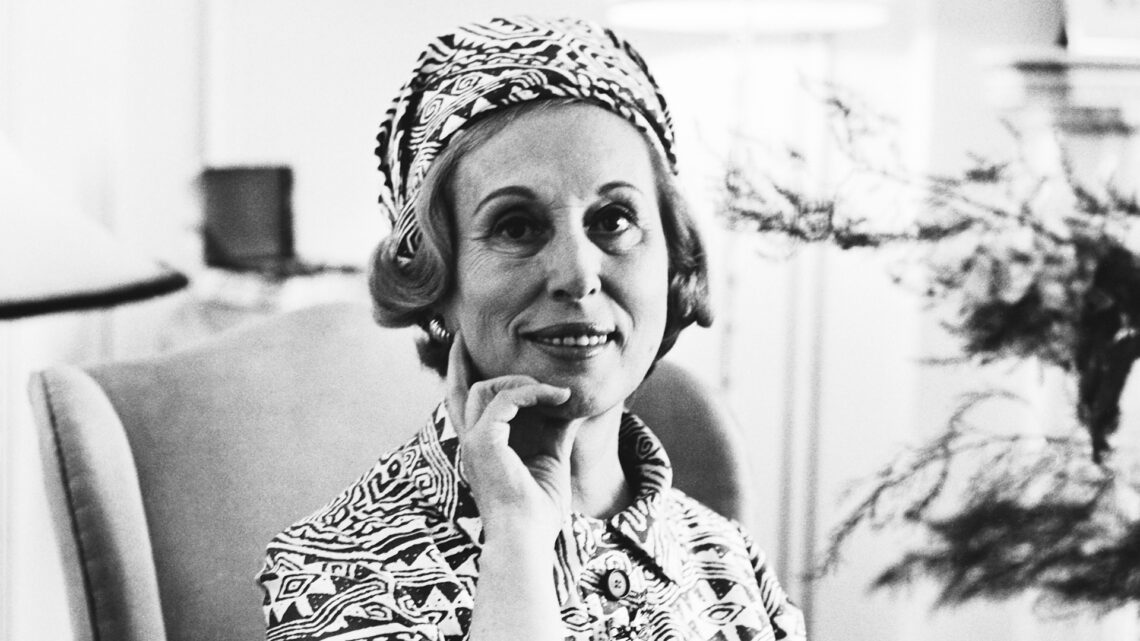Estée Lauder and her marketing approach
Estée Lauder is the founder of the eponymous beauty and fragrance empire. The company owns more than 25 brands and offers a wide range of products for the beauty industry. Lauder has made a huge contribution to the development of the cosmetics industry, and her ideas are still relevant today.
Estée was born in New York to a family of Jewish immigrants. While at school, she worked part-time in her uncle’s small cosmetics company. There, she learned about the chemical composition of skin care products and the properties of the various elements in the formula.
After leaving school, Este continued to work with her uncle and in 1930, she married Joseph Lauder. The girl sold a certain range of goods, the main products of which were lotions. One day, she decided to change her approach. Estée diversified the range with homemade creams and sold them to beauty salons. Her idea worked, as clients spent much time on treatments and got bored. Reviewing the new cosmetics diversified their pastime, and they started buying the products.
Setting up a business
The couple set up their own business selling Uncle Estée’s products. By 1944, they were running several kiosks in Manhattan beauty salons and selling products through distributors.
Estée Lauder was officially incorporated in 1946. In order to run the business effectively, the couple divided responsibilities:
– Estée was responsible for product development and marketing activities;
– Joseph handled internal operations and finances.
 The company’s first significant success was a contract with the popular department store Saks Fifth Avenue. It involved the supply of US$800 worth of creams, lotions and colour cosmetics. At today’s exchange rate, this is the equivalent of US$10,000.
The company’s first significant success was a contract with the popular department store Saks Fifth Avenue. It involved the supply of US$800 worth of creams, lotions and colour cosmetics. At today’s exchange rate, this is the equivalent of US$10,000.
The contract allowed Lauder to stop selling in kiosks. The couple concentrated on selling through major department stores. Estée played an essential role in training sales staff. She travelled to stores and advised on product placement and customer communication. Lauder believed personalised customer service was one of the most important factors in successful sales. Estée also used incentives: customers who did not make a purchase were given samples by sales staff. This approach continues to work effectively in the modern marketplace and is active in marketing.
Developing the empire
The company actively expanded in several directions:
– the perfume line appeared in 1953;
– the first foreign representation of the products appeared in Harrods department store in London in 1960;
– the brand opened three major cosmetics and perfumery production facilities;
– in 1963, the company presented its first perfume for men.
Estée Lauder began its transformation into a cosmetics empire in the 1970s. In addition to line extensions and innovative product formulas, the company created new brands. These included Aramis and Clinique. Later, the company expanded by acquiring other companies such as Bobbi Brown, Jo Malone and MAC.
In 1995, the company went public under the leadership of Este’s son. The woman herself died in 2004, and her family holds around 84% of the voting rights in the company.










